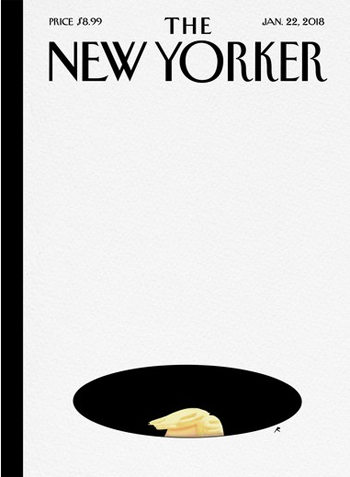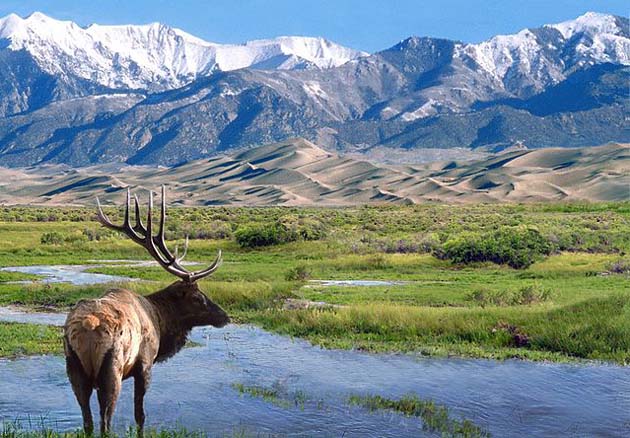Clean air, safe drinking water, wildlife and wild places and public lands are a big part of why America is great – and once they’re gone, they’re gone for good. And that’s the plan
“Something will have gone out of us as a people if we ever let the remaining wilderness be destroyed; if we permit the last virgin forests to be turned into comic books and plastic cigarette cases; if we drive the few remaining members of the wild species into zoos or to extinction; if we pollute the last clear air and dirty the last clean streams and push our paved roads through the last of the silence, so that never again will Americans be free in their own country from the noise, the exhausts, the stinks of human and automotive waste . . . ” – Wallace Stegner
“Like winds and sunsets, wild things were taken for granted until progress began to do away with them. Now we face the question whether a still higher ‘standard of living’ is worth its cost in things natural, wild and free. For us of the minority, the opportunity to see geese is more important than television.” – Aldo Leopold
“After Bears Ears and Grand Staircase-Escalante, Where Will Trump’s War on Public Lands End?” – Michelle Nijhuis
 “The Damage Done by Trump’s Department of the Interior Under Ryan Zinke, the Secretary of the Interior, it’s a sell-off from sea to shining”
“The Damage Done by Trump’s Department of the Interior Under Ryan Zinke, the Secretary of the Interior, it’s a sell-off from sea to shining”
by Elizabeth Kolbert / The New Yorker Magazine / Comment Section / January 22, 2018 Issue
NOTE: The following is an excerpt from Kolbert’s story. A subscription is required to read The New Yorker. Click here to subscribe . . .
. . . Zinke is, in many ways, a typical Trump appointee. A lack of interest in the public interest is, these days, pretty much a precondition for running a federal agency. Consider Betsy DeVos, the Secretary of Education, or Scott Pruitt, the head of the Environmental Protection Agency, or Rick Perry, the Secretary of Energy. Nearly all Trump’s Cabinet members have shown disdain for the regulatory processes they’re charged with supervising. And, when it comes to conflicts of interest, they seem, well, unconflicted. In October, the Interior Department’s inspector general opened an investigation into Zinke’s travel expenses, which include twelve thousand dollars for a charter flight from Las Vegas to Kalispell, Montana, on a plane owned by executives of a Wyoming oil-and-gas company. . . .
. . . Still, Zinke manages to stand out for the damage he is doing. Essential to protecting wilderness is that there be places wild enough to merit protection. Once a sage-grouse habitat has been crisscrossed with roads, or a national monument riddled with mines, the rationale for preserving it is gone. Why try to save something that’s already ruined? “They’re determined to lease and develop every acre they possibly can, which will minimize the potential for conserving these landscapes in the future,” Jim Lyons, who was a Deputy Assistant Secretary at the Interior Department during the Obama Administration, told the Washington Post. “They’re quite efficient, and they know exactly what they want to do.”
In the decades to come, one can hope that many of the Trump Administration’s mistakes—on tax policy, say, or trade—will be rectified. But the destruction of the country’s last unspoiled places is a loss that can never be reversed.
Featured Image: Bull elk at Big Spring Creek, Great Sand Dunes National Park & Preserve, CO. Photo credit NPS – a commons image.
About Elizabeth Kolbert
Elizabeth Kolbert has been a staff writer at The New Yorker since 1999. She won the 2015 Pulitzer Prize for general nonfiction for The Sixth Extinction: An Unnatural History.


